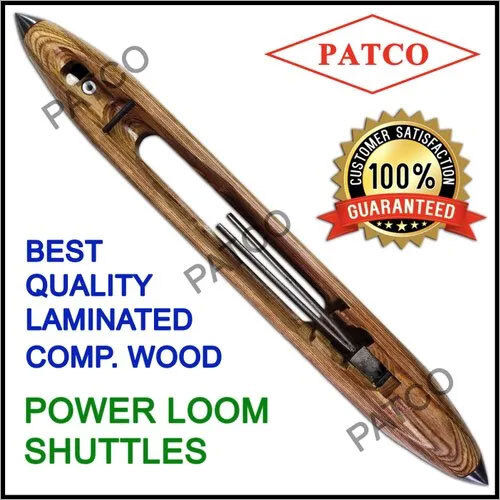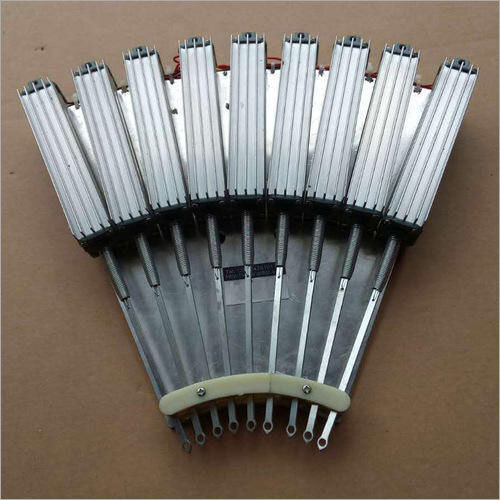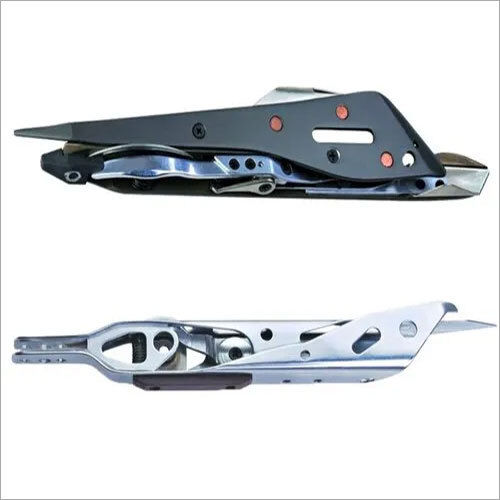Power Loom Shuttle

Product Details:
- Product Type Other
250 INR/Piece
X
Power Loom Shuttle Price And Quantity
- 25 Piece
- 250 INR/Piece
Power Loom Shuttle Product Specifications
- Other
Power Loom Shuttle Trade Information
- 10 Days
Product Description
The power loom shuttle typically consists of a boat-shaped structure made of wood or metal. It holds the weft yarn and travels back and forth across the loom's width, passing through the shed created by the opening and closing of warp yarns. The shuttle's movement is controlled by the loom's mechanism, ensuring precise weft insertion.
Frequently Asked Questions :
Q: What is the function of a power loom shuttle?
A: The primary function of a power loom shuttle is to carry the weft yarn across the warp yarns during the weaving process. It travels back and forth between the selvages, interlacing the weft with the warp to form the fabric structure.
Q: How does the power loom shuttle work?
A: The power loom shuttle is loaded with the weft yarn and positioned at one selvage of the loom. As the loom's mechanism operates, the shuttle is propelled across the loom's width, passing through the shed created by the raised and lowered warp yarns. It deposits the weft yarn, returns to the starting point, and repeats the process for each weft insertion.
Q: What materials are power loom shuttles made of?
A: Power loom shuttles are typically made of wood or metal, such as aluminum or steel. Wooden shuttles are traditional and are still used in some looms, while metal shuttles offer durability and reduced friction during movement.
Q: Can power loom shuttles accommodate different types of weft yarns?
A: Power loom shuttles can accommodate a variety of weft yarns, including different fibers, thicknesses, and characteristics. The size and design of the shuttle may vary depending on the specific weaving requirements, such as the yarn count and fabric width.
Q: Are there different types of power loom shuttles?
A: Yes, there are different types of power loom shuttles designed for specific applications and loom configurations. Some common types include boat shuttles, ski shuttles, and projectile shuttles. The choice of shuttle type depends on factors such as the weaving technology, fabric pattern, and yarn characteristics.
Enter Buying Requirement Details








